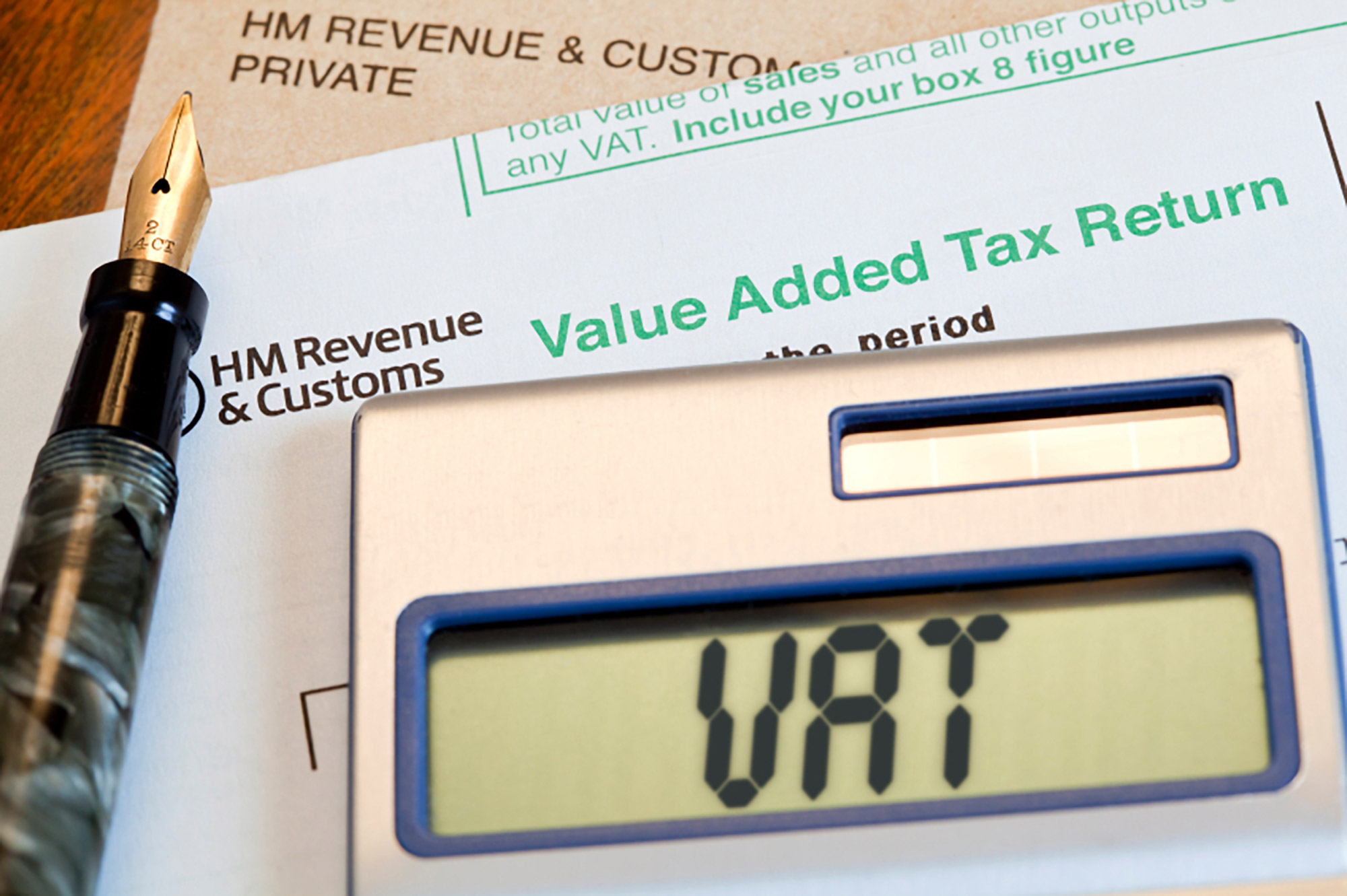
The United States has a sales tax system, however, most other countries have a Value Added Tax (VAT) system. Many North American companies are not familiar with the VAT system and often ask themselves; What is VAT?, or What is a VAT number?
Value Added Tax (VAT) is a consumption tax of up to 25% that is levied on both goods and services in most countries around the world. The national tax systems of Europe, Japan, and Australia and others often allow for a refund of VAT to non-resident business entities worldwide. For VAT claims that are not Travel and Entertainment expenses, registration for VAT may sometimes be required prior to the transactions in order to get a refund. Most companies around the world are registered for VAT and have a VAT number, and in some cases a North American company is required to have one as well. The VAT Number section explains more about VAT numbers and the requirements when a North American company is doing business overseas. The Frequently Asked Questions section gives you an overview of VAT and the VAT Reclaim Rate section explains the current VAT rates and the local name for VAT in different countries.
There is generally no reason VAT paid in Europe, Japan, and Australia should be absorbed as a cost by your company. Euro VAT Refund, Inc. can help you reclaim your VAT and produce a positive result on your bottom line.
VAT Rates
VAT Rates in the European Union and the United Kingdom as of January 2025
| Country | Reduced VAT Rate (%) | Standard VAT Rate (%) |
| Austria (AT) | 10 / 13 / 19 | 20 |
| Belgium (BE) | 6 / 12 | 21 |
| Bulgaria (BG) | 9 | 20 |
| Croatia (HR) | 5 / 13 | 25 |
| Cyprus (CY) | 3 / 5 / 9 | 19 |
| Czech Republic (CZ) | 12 | 21 |
| Denmark (DK) | - | 25 |
| Estonia (EE) | 5 / 9 | 22 |
| Finland (FI) | 10 / 14 | 25.5 |
| France (FR) | 2.1 / 5.5 / 10 | 20 |
| Germany (DE) | 7 | 19 |
| Greece (GR) | 6 / 13 | 24 |
| Hungary (HU) | 5 / 18 | 27 |
| Ireland (IE) | 4.8 / 9 / 13.5 | 23 |
| Italy (IT) | 4 / 5 / 10 | 22 |
| Latvia (LV) | 5 / 12 | 21 |
| Lithuania (LT) | 5 / 9 | 21 |
| Luxembourg (LU) | 3 / 8 / 14 | 17 |
| Malta (MT) | 5 / 7 / 12 | 18 |
| Netherlands (NL) | 9 | 21 |
| Poland (PL) | 5 / 8 | 23 |
| Portugal (PT) | 6 / 13 | 23 |
| Romania (RO) | 5 / 9 | 19 |
| Slovakia (SK) | 5 / 19 | 23 |
| Slovenia (SI) | 5 / 9.5 | 22 |
| Spain (ES) | 4 / 10 | 21 |
| Sweden (SE) | 6 / 12 | 25 |
| United Kingdom (GB) | 5 | 20 |
How VAT works
VAT rules can be very complicated and differ from country to country. Below is an illustration of the VAT and money flow in the simplest of transactions.
Sample Germany
A German company (A) purchases and sells computer products from and to German companies. Below is a description how the VAT tax works for this company (A):
| Purchase from a German vendor (C) | |
| Computer parts | Euro 100.00 |
| 19% VAT* | 19.00 |
--------------------- |
|
| Total paid to vendor (C) | 119.00 |
| Sale a German vendor (B) | |
| Computer parts | Euro 200.00 |
| 19% VAT** | 38.00 |
--------------------- |
|
| Total collected from the customer (B) | 238.00 |
*VAT is not a cost to the company(A). It is accounted for on a Balance Account.
**The customer(B) can deduct the VAT if they are a company, registered for VAT. Their cost is then 200.00.
VAT Return filed to the German Tax Authorities
The German company(A) declares to the German tax authorities:
| VAT Collected from the customer | 38.00 |
| Less VAT paid to vendor | (19.00) |
--------------------- |
|
| VAT due to German tax authorities | 19.00 |
Company (A) margin
| Revenue from customer (B) (less VAT) | 200.00 |
| Less paid to vendor (C) (less VAT) | (100.00) |
--------------------- |
|
| Margin | 100.00 |
The company’s Profit & Loss is not affected by the VAT. Only the cash flow.
